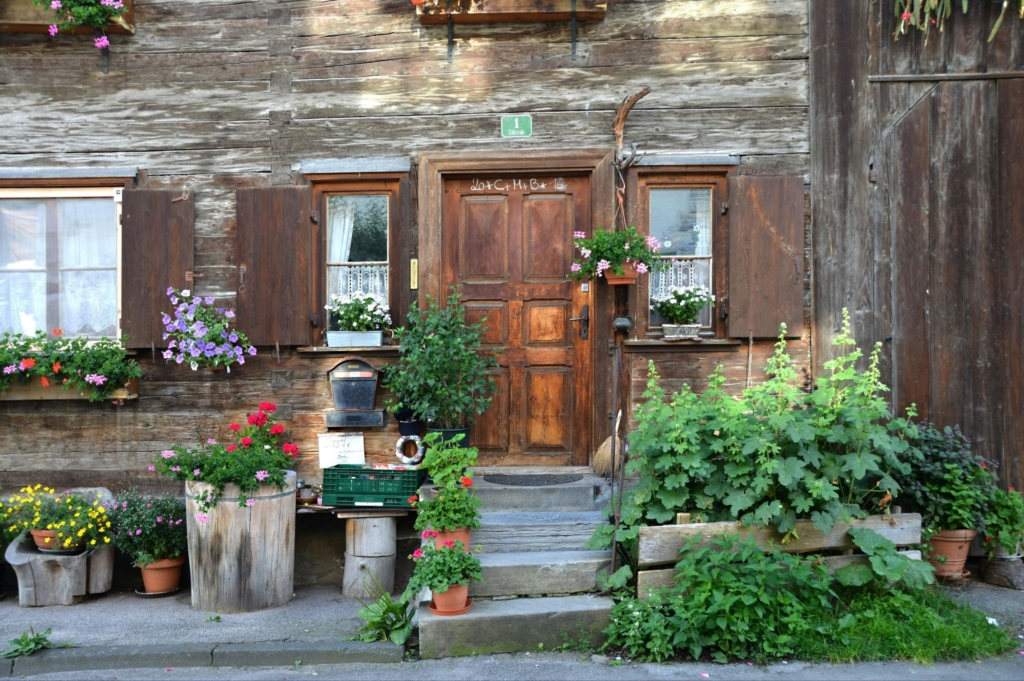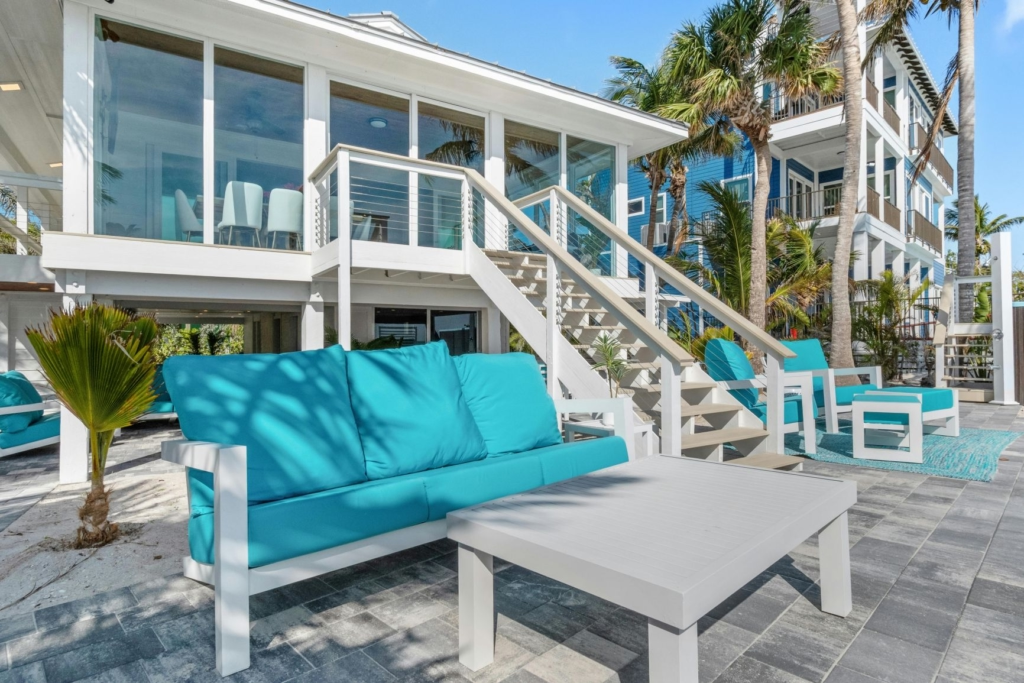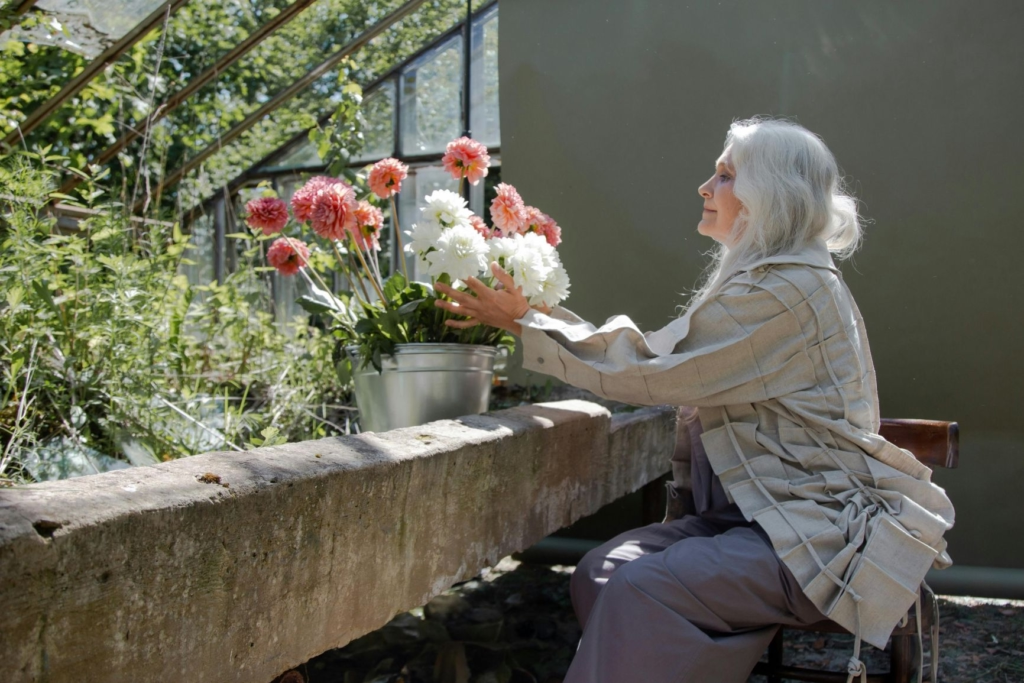New homestead in retirement
Retirement doesn’t always mean slowing down — sometimes, it means finally speeding up into the lifestyle you always wanted. For many retirees, that means turning toward self-reliance, soil, and sustainability: homesteading. But buying a property that supports this dream isn’t just about finding land in the country. There are layers of practicality, legality, infrastructure, and rhythm that, if missed, can turn a dream into a constant chore. Before you make that leap, here’s what to consider if you want to homestead comfortably — and wisely — in retirement.

Understand Zoning Before You Romanticise the Land
That rolling acreage with a view might look perfect, but rural charm can mask regulatory headaches. Before you fall in love with a piece of land, you need to check local zoning ordinances first to ensure your plans for gardening, livestock, or even selling homegrown goods won’t get tangled in red tape. Rural land doesn’t always mean freedom — some counties limit the number or type of animals, restrict accessory structures, or regulate what you can sell from your property. This kind of fine print may not appear on the real estate listing, but it’ll follow you the moment you try to build a chicken coop or sell eggs. Even if you’re not planning to monetise, zoning laws can impact daily use of your land in surprising ways.
For Retirees With Business Goals, Education Still Counts
Not every homestead hobby stays a hobby. Some retirees plan to sell goat cheese at the market, grow heirloom tomatoes for restaurants, or launch a small online business rooted in their land’s output. If that’s you, consider circling back to education and reviewing business bachelor’s degrees that align with this new phase. Understanding basic accounting, marketing, and digital tools can make the difference between a satisfying project and a stressful, cash-draining one. Many online programs now cater to older adults, offering flexible pacing, applied learning, and even support for side hustles in later life. Don’t let outdated confidence or a fear of technology keep you from building something real and sustainable.

Water Isn’t a Given — Know What You’re Getting Into
City water doesn’t follow you into the countryside, and assumptions about wells or surface water can be costly. In fact, it’s critical to verify water rights or permits tied to the land before making an offer. In many Western states, water rights are separated from property rights — meaning that just because there’s a stream, it doesn’t mean you can use it. Even with a well, quality and quantity can vary dramatically. Drilling a new well can cost tens of thousands, and water testing is a must if you want to irrigate crops, support animals, or just trust your kitchen tap. For homesteaders, water is not just a utility — it’s lifeblood.
Don’t Lock Yourself Down — Travel Demands a Plan
Just because you’re retiring to a homestead doesn’t mean you’ll stay put year-round. Whether you’re heading south for winter or visiting grandkids out of state, the homestead can’t pause while you’re gone. The smartest move is to set up remote monitoring and caretakers who know your systems. This might mean installing temperature sensors in the greenhouse, automated feeders for animals, or even just securing trustworthy neighbours who can stop by and troubleshoot. You’ll want to leave instructions, dry-run the plan before departure, and make sure someone local has your keys and your trust. Freedom comes from preparation — not locking yourself into isolation.
Ageing Into Infrastructure: Evaluate What Exists — and What You’ll Add
A homestead should be a partner, not a project that exhausts you. Before buying, take the time to evaluate existing structures and utilities. Are the barn walls rotting? Is there electricity in the greenhouse? Does the driveway flood in winter? These details become daily realities fast. Retrofitting an old shed is possible, sure — but the physical labour adds up, and timelines stretch. Make a real audit: septic, well, roof, heating, fencing. Understand what you’ll need to add and what you’ll need to repair. And don’t forget ease of access: can delivery trucks reach you, or will you be hauling feedbags by hand over 200 yards of mud?
Water Smart, Not Hard: Think in Efficiency, Not Volume
A homestead doesn’t have to mean hauling hoses every morning. Long-term sustainability comes from learning to work with the land, not against it. Many successful retirees discover that homestead water conservation uses drip irrigation, gravity-fed barrels, or greywater systems that reduce physical strain and environmental impact. Conserving water also lowers costs, extends infrastructure lifespan, and boosts resilience in dry seasons. Think less about volume and more about flow — how water moves, where it gets wasted, and how to slow it down. That means capturing roof runoff, shielding beds from evaporation, and choosing crops suited for your zone and climate. It’s not about doing more — it’s about designing smarter.
Legal Room to Grow: What You Can Actually Build
You may picture a greenhouse, a pole barn, maybe a guesthouse for the family — but not all rural properties welcome that kind of growth. Building codes vary wildly, so look into what’s commonly allowed on rural land before you commit to a parcel. You’ll want to research setbacks (how close to a boundary you can build), utility easements, outbuilding limits, and even design restrictions. These aren’t minor obstacles — they shape what your homestead can become. A “blank canvas” property is only useful if you’re legally allowed to paint on it. No one wants to spend retirement fighting permitting boards just to install a simple greenhouse.

The romantic version of homesteading often ignores the hidden systems that keep things working: zoning, water access, property laws, and infrastructure are all as crucial as chickens and compost. This lifestyle rewards those who plan ahead — who treat their land not as a blank slate, but as an ecosystem with real limits and real power. Whether your goal is food independence, personal satisfaction, or low-key income, the property you buy needs to match the life you’re building. Done right, a homestead isn’t just where you live — it’s where your skills, experience, and time finally converge into something rooted and real.
Guest post author
Arthur Lloyd is the creator of Gray-Haired Life. He created the website because he wants to help seniors live life to the fullest. Arthur is 70 years old and has a wealth of experience to share with his readers. Arthur has been retired for 10 years, but he remains active and involved in his community. He believes that it’s never too late to learn new things and that seniors should never stop exploring.
Website link: grayhairedlife.com




